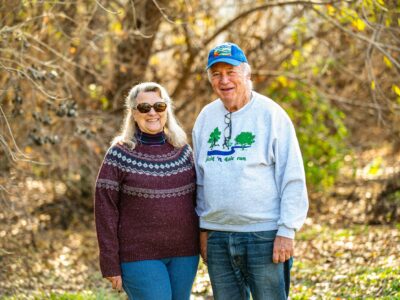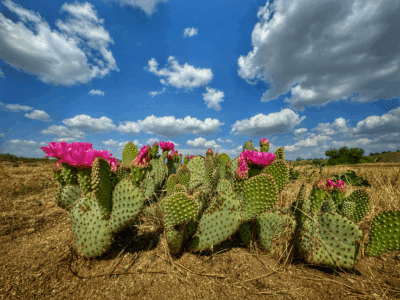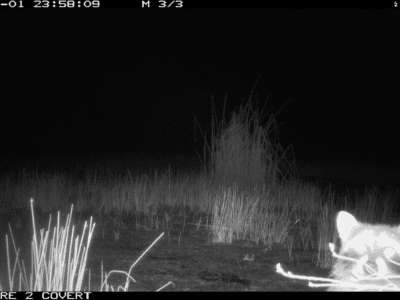- Restoring floodplains and growing riverside forests is a promising way to capture harmful greenhouse gases
- California’s cap-and-trade program was designed to reduce overall greenhouse gas emissions, but it has yet to reward habitat restoration
- An innovative partnership aims to quantify the carbon-trapping power of riverside forests and ways private landowners can benefit from cap-and-trade funding to build the state’s climate resilience
Reducing emissions from cars, factories, and other sources isn’t the only thing we need to do to stop climate change. The science is clear: We also have to figure out how to pull harmful greenhouse gases right out of the air.
This is such an important idea that initiatives like the Virgin Earth Challenge and the Carbon XPrize aim to reward companies that develop “carbon capture” systems. The headline-grabbing companies competing for these prizes are building complicated and expensive systems that trap CO2 and convert it into useful products.
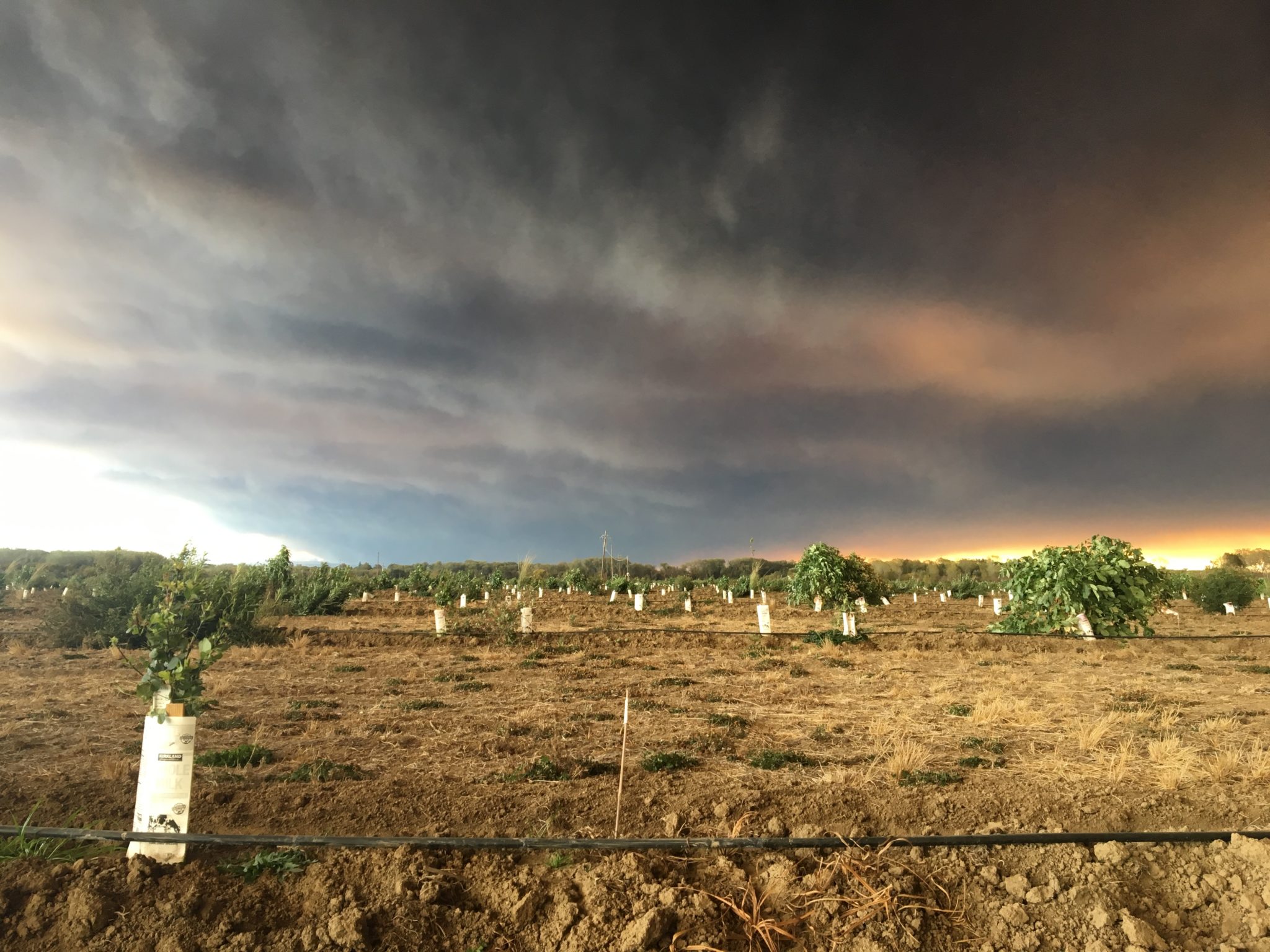
But there are simpler, natural ways to accomplish the same thing. River Partners is already achieving significant carbon capture results with the work we do every day, and we’re showing how nature can play in big role in boosting California’s climate resilience.
Measuring the Climate Impact of Restoration
River Partners is joining forces with the California Waterfowl Association and Joseph and Vera Long Foundation on a first-of-its-kind restoration initiative that will restore nearly 200 acres of critical habitat along the Kern and Sacramento rivers over the next three years. The joint effort will evolve the science and collective understanding of how much carbon riverside forests can sequester.
One of the most important goals of our effort is to develop cost-effective ways to measure carbon storage so private landowners can quantify sequestration on their properties to qualify for carbon credits. This initiative could provide a big financial incentive for floodplain restoration across California, helping bolster the state’s climate resilience. Because these projects reconnect floodplains and restore native habitat, they also provide a lifeline to struggling wildlife, improve flood safety, conserve scarce freshwater resources, and strengthen local communities and economies.
Boosting California’s Climate Resilience, Naturally
Trees and plants need carbon to grow. They remove CO2 from the air and use it to build their leaves, roots, and stems, reducing the amount of carbon and other greenhouse gases that reach the atmosphere and contribute to global climate change. They also purify the air we all breathe. While plants store carbon in their tissues, research also indicates that the soil in restored riverside forests traps a lot of carbon—200% more than unforested soil.
River Partners has restored more than 16,000 acres of river and floodplain habitat across the state since 1998, planting more than 2.5 million native trees and pulling more than 1 million tons of carbon from the atmosphere each year.
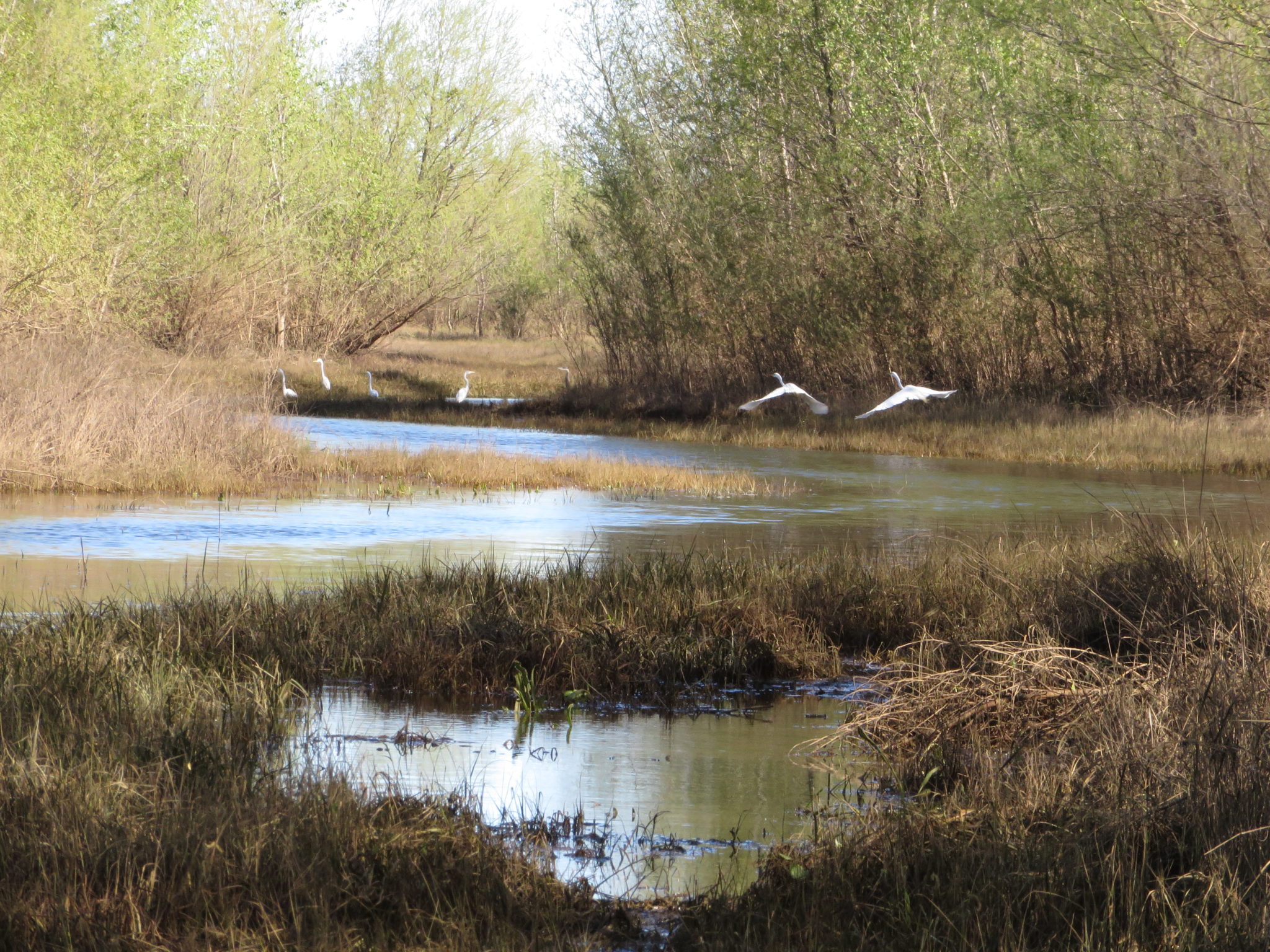
Cap-and-Trade Blind Spot
California has an innovative cap-and-trade program designed to reduce overall greenhouse gas emissions. Under this system, polluters buy permits or allowances that let them emit a specified amount of carbon over a specific timeframe, with overall carbon limits becoming stricter and allowances becoming more expensive over time. This creates a financial incentive for companies to reduce their carbon emissions, but it also creates an opportunity for businesses that develop ways to capture carbon. These businesses can earn credits and sell them back to companies that need them.
In California, though, this system has yet to benefit landowners and land managers working to restore riverside habitat, even though there is strong scientific evidence that planting floodplain forests is one of the fastest ways to sequester large amounts of carbon.
To date, not a single dollar of cap-and-trade funding has been awarded for habitat restoration. Typically, only large enterprises like timber companies and those with extensive landholdings have received cap-and-trade credits that can be sold. Qualifying for these credits requires a large, long-term investment in data-collection and extensive third-party verification, time and resources small private landowners just don’t have.
Changing Course on the Climate
River Partners, the California Waterfowl Association, and Joseph and Vera Long Foundation are hoping to change this by providing the data the state needs to recognize riverside reforestation as a promising strategy for sequestering carbon and an activity that’s just as worthy of generating cap-and-trade credits as any expensive carbon capture technology. If we’re successful, this can and will lead to desperately needed reforestation projects that boost California’s climate resilience. And that’s good for all Californians.


